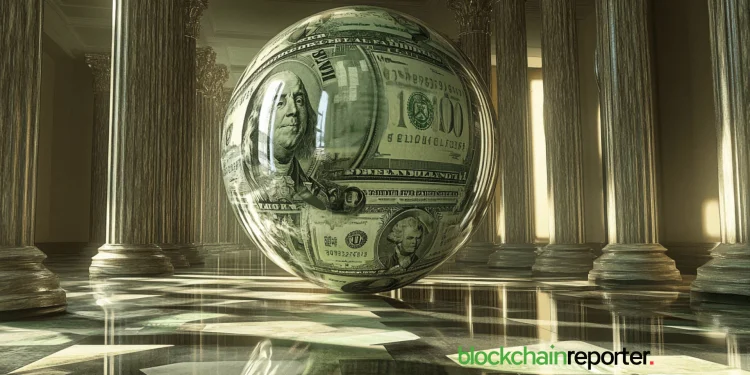Monetary policy refers to the actions taken by a central bank to manage the money supply, interest rates, and overall economic growth. It plays a crucial role in achieving key economic goals like controlling inflation, maintaining employment, and encouraging economic expansion.
How Does Monetary Policy Work?
Monetary policy can be categorized into two main types: expansionary and contractionary.
1. Expansionary Monetary Policy
Expansionary monetary policy is used to stimulate economic growth, particularly during times of recession or economic downturn. Central banks lower interest rates and increase the money supply to encourage borrowing and spending. This leads to higher demand for goods and services, job creation, and overall economic recovery.
Example:
During the 2008 financial crisis, the U.S. Federal Reserve lowered interest rates and implemented quantitative easing (QE) to inject money into the economy. This helped spur spending and investment, allowing the economy to recover over time.
2. Contractionary Monetary Policy
Contractionary monetary policy is used to slow down an overheating economy and control inflation. Central banks raise interest rates and reduce the money supply, making borrowing more expensive. This reduces consumer spending and investment, helping to stabilize prices.
Example:
In the early 1980s, the Federal Reserve raised interest rates to combat high inflation in the U.S. While this helped bring inflation down, it also temporarily increased unemployment.
Tools of Monetary Policy
Central banks use various tools to implement monetary policy, including:
- Adjusting Interest Rates: Lowering or raising the cost of borrowing to influence consumer and business behavior.
- Open Market Operations (OMOs): Buying or selling government securities to influence the money supply.
- Changing Reserve Requirements: Adjusting the amount of money banks are required to hold in reserves to control lending capabilities.
Monetary Policy vs. Fiscal Policy
Though both are tools for managing the economy, monetary and fiscal policies differ in scope and execution:
- Monetary Policy: Managed by central banks, focusing on money supply and interest rates. It can be implemented quickly.
- Fiscal Policy: Managed by the government, involving taxation and spending. It typically takes longer to implement due to legislative requirements.
How Monetary Policy Affects Crypto Markets
Monetary policy also impacts the crypto markets. Changes in interest rates and money supply can influence investor behavior:
- Expansionary Monetary Policy: More disposable income may lead to increased investment in cryptocurrencies, potentially driving prices up.
- Contractionary Monetary Policy: Less disposable income might reduce investments in crypto, potentially lowering prices.
Conclusion
Monetary policy is a critical tool for managing a nation’s economy, influencing factors like inflation, employment, and economic growth. By regulating the money supply and interest rates, central banks can create conditions for either stimulating economic activity or controlling inflation. Its effects also extend to modern financial markets, including cryptocurrencies, making it a crucial consideration for both traditional and digital investors.























